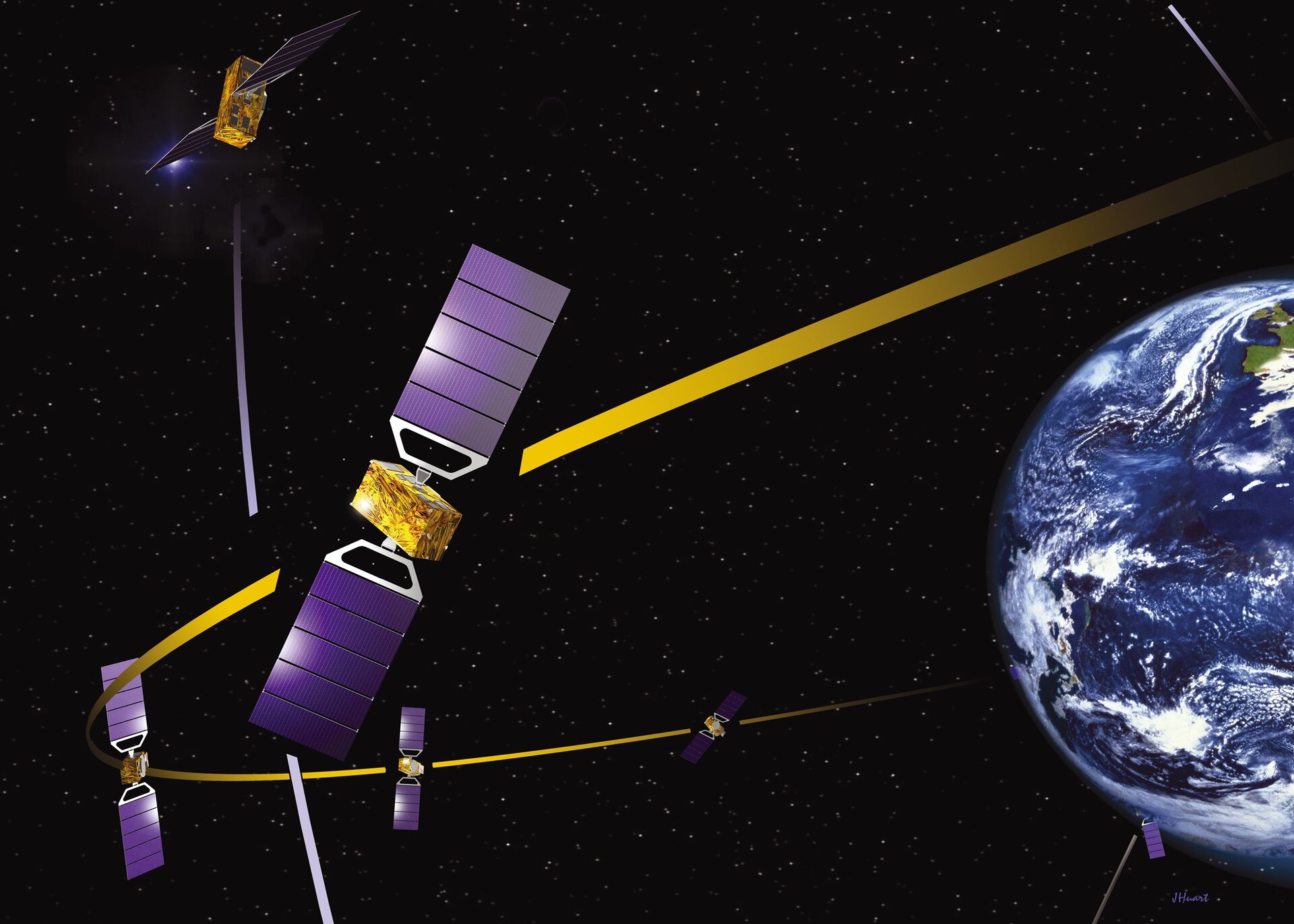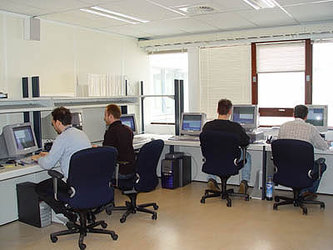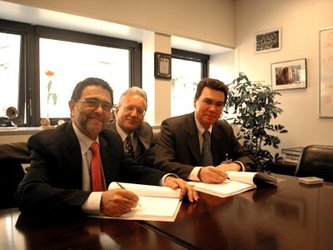Galileo moves forward
The GalileoSat development and in-orbit validation phase is well under way and the European Space Agency (ESA) has just released its procurement process to Industry indicating that the first completely civil satellite navigation system is moving forward.
Galileo Implementation: a phased approach
The Galileo Programme is being implemented in three phases:
- Definition phase
- Development and in-orbit validation
- Full Deployment and Operations
The Definition phase was completed in 2003 resulting in the basic specifications for the system.

The Development and In-Orbit Validation phase was initiated in late 2003. This phase aims to perform an in-orbit validation of the system using a reduced constellation of four satellites which is the minimum number to guarantee the provision of exact positioning and time at test locations.
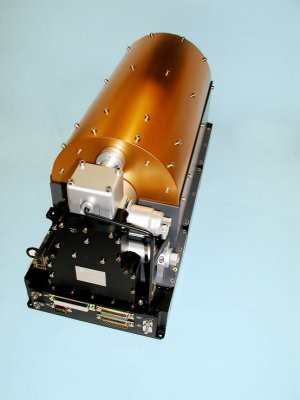
Early in this phase, an experimental satellite will also be launched, to secure the Galileo frequency filings, to characterize the orbits to be used by the in-orbit validation satellites and to test some of the critical technologies, such as the atomic clocks.

The experimental satellite will be launched before the end of 2005. The in-orbit validation will take place before 2007.
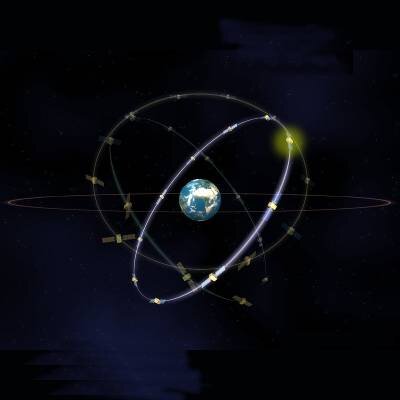
The Development and In-Orbit Validation phase will be followed by the Full Deployment phase which will cover the manufacturing and launch of the remaining satellites and the completion of the ground segment. Once all satellites have been fully deployed, the operation will initiate with the complete constellation of 27 operational satellites and three in reserve, all stationed on three circular Medium Earth Orbits (MEOs) at an altitude of 23 222 km and with an inclination of 56º to the equator. To support this there will be an extensive network of ground stations, and local and regional service centres.
For its part the Galileo Joint Undertaking, created jointly by the European Commission and ESA, started the process for choosing the concessionaire, the future “Galileo Operating Company” which will take charge of the final deployment then the operations.
Galileo: a global dimension in international cooperation
In parallel to these technical steps the political aspects of this programme are evolving with the agreement dealt between the European Union and the United States. This agreement was signed in June 2004 at the EU-US summit in Dublin. This allows to truly envisage the compatibility and interoperability of Galileo and GPS for the benefit of everyone. Galileo with GPS, not forgetting the Russian system GLONASS, should become the world standard for satellite navigation. This underlines the global dimension of Galileo with agreements with other countries like China, India, Canada, Israel either signed or under discussion.
All phases of Galileo are advancing in the same direction for the implementation of a system that will revolutionize our daily lives in various sectors, offering Europeans, and indeed the world at large, an accurate and secured means of satellite positioning.


